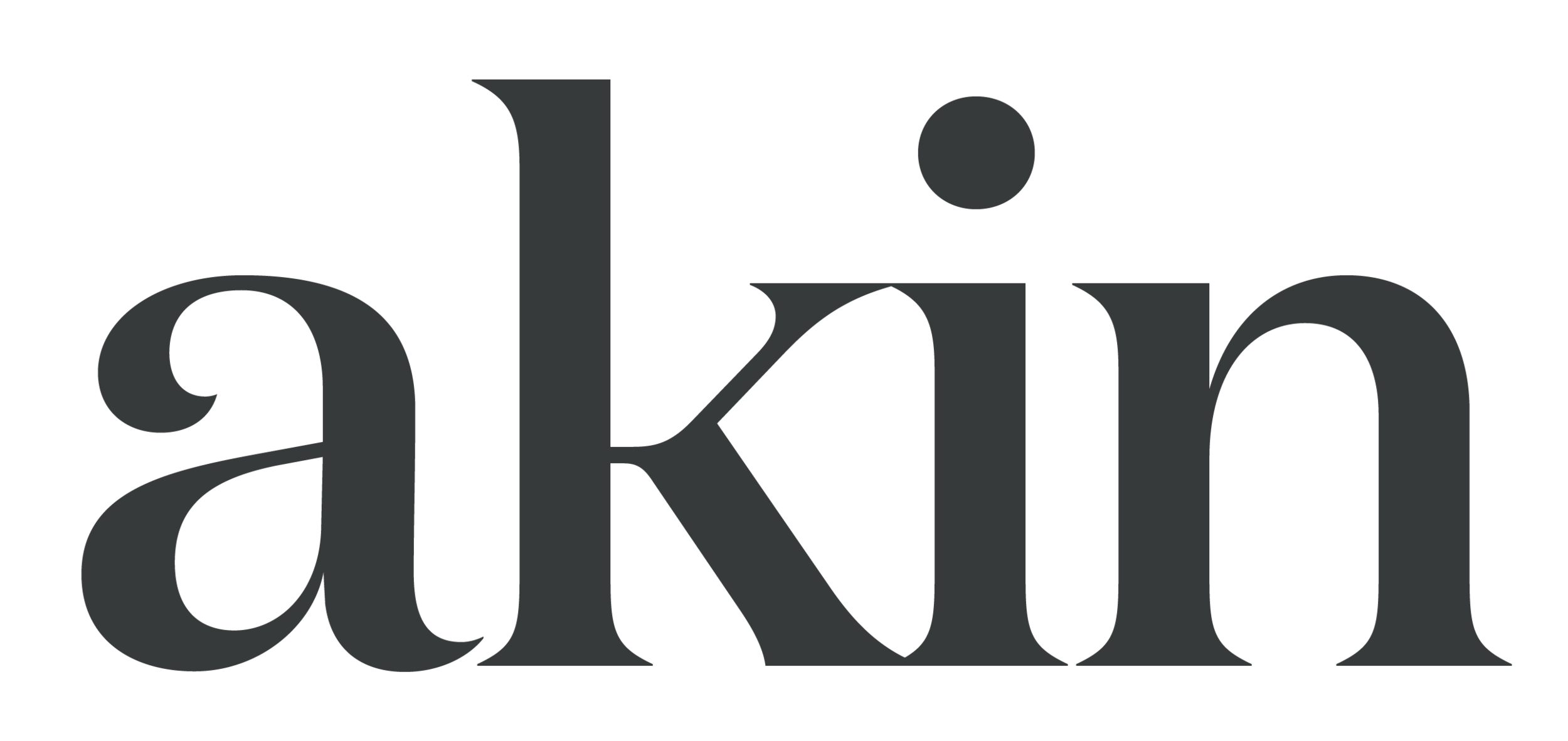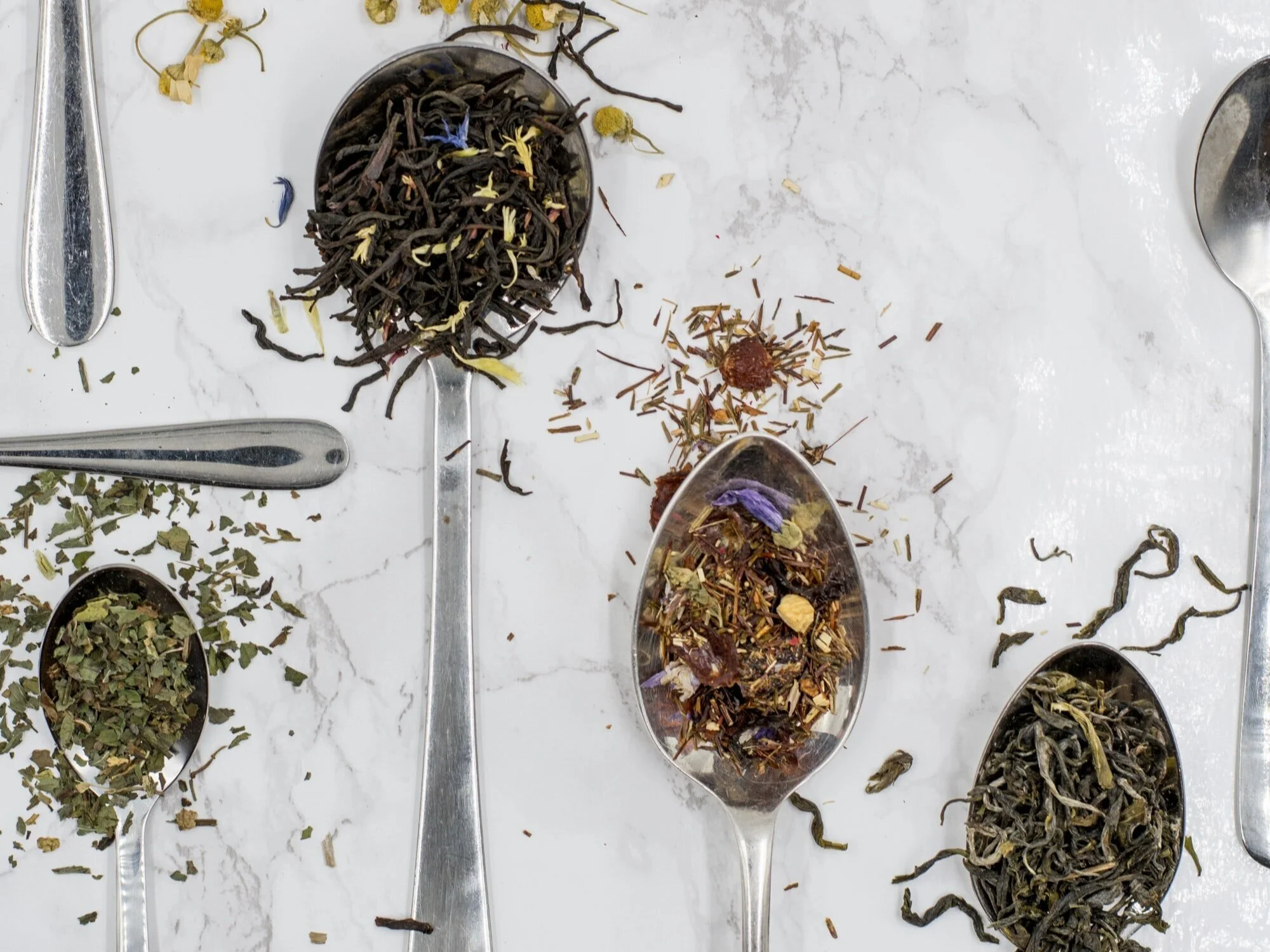Clean Beauty
photo courtesy of Follain
with input from one of our childhood besties, Alaina Ron, former store director and educational consultant at Follain.
Over 1,500 chemicals have been banned from cosmetics in Europe - but only 30 in the US. Why? The FDA has minimal oversight of the beauty industry. Their laws around cosmetics regulation actually haven’t been updated since 1938.
A few quick examples of chemicals commonly found in beauty products include: toluene (linked to respiratory toxicity), formaldehyde, asbestos, parabens (linked to reproductive risk in animals), phthalates (linked to decreased fertility), lead (can cause developmental delays), fragrance or parfum (trade protected and can be made up of hundreds of undisclosed ingredients). Read more about this from the NYTimes here.
Now that you’re interested in growing a tiny human, or are nourishing one, we thought this info might be especially pertinent. You may be new to all this, or are well on your way to switching over to cleaner ingredients.
First switch
If you’re on board, the best thing to start with here is your deodorant/antiperspirant, many of which contain aluminum, fragrance, parabens and other harmful ingredients.
The rationale
The skin under your arms is super thin and close to your lymph nodes. When we shave, we exfoliate, so this area is more susceptible to absorbing ingredients you put there.
How to choose
We love this article done by NYMag on some of the great options out there. If you really want to know, we love Ursa Major.
Ready to continue your clean beauty journey?
Think of the heavy hitters in your personal routine. Most of us use soap and lotion all over our bodies on a daily basis. Switching to a clean option will give you a high impact at a lower cost. Follain has a really helpful guide to clean-beauty swapping. They also can point out things that are great while pregnant and breastfeeding during one on one skincare consultations.
If you’re interested in learning more about the safety of products you currently use
Take a look at this database created by EWG. It was really helpful for us when we were deciding what to swap.
In addition, Think Dirty is a great app that rates a product's cleanliness on a scale from 0 to 10. Think Dirty goes further and breaks down and ranks individual ingredients in a product so you know exactly which ingredients are safe and which are harmful. You can quickly scan or search for products while you’re browsing the shelves of your favorite beauty store.
More on toxins and our skin
Ursa Major has a great article about how toxins enter our body.
More on fragrance
Synthetic fragrance is a huge red flag in beauty products that is often overlooked. Fragrances are made up of hundreds of ingredients and the formulas are often trade protected. This means that companies do not have to disclose the ingredients to the consumer. If you’re interested, here are the results of a study performed by the EWG and one from the Campaign for Safe Cosmetics. Both found a lot of harmful chemicals including phthalates in fragrances.
More on ingredients
Sarah Villafranco, former physician and founder of the natural skincare company Osmia Cosmetics created two “common sense” guides for new mothers. The first, Skin Care in Pregnancy, educates expecting mothers about endocrine disruptors, skin irritants and “sneaky toxins” found in conventional beauty products.








There are so many products out there targeted at pregnant women - figuring out what you need can feel really overwhelming. Here’s a quick list of what we found helpful (and why).